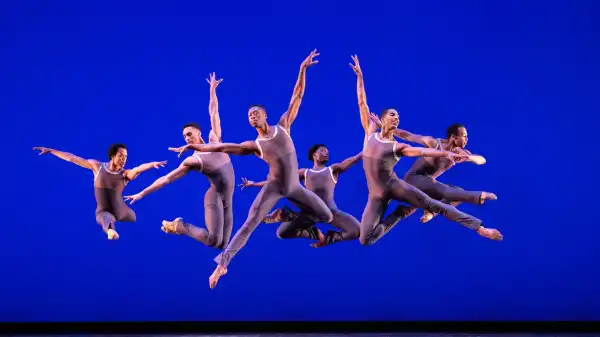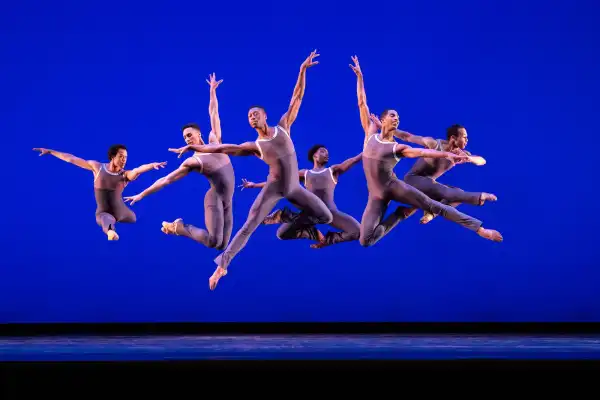
Save this storySave this storySave this storySave this storyYou're reading the Goings On newsletter, our guide to what we're watching, listening to and doing this week. Sign up to get it sent to your inbox.
From its beginning, the Dance Theater of Harlem’s history has been one of struggle and triumph. Arthur Mitchell, a dancer, founded it in 1969 in response to the assassination of Martin Luther King Jr. The company thrived until it ran into trouble and was forced to close in 2004 for nearly a decade. In 2012, Virginia Johnson, a former DTH member and one of the great American ballerinas of the ’70s and ’80s, resurrected it and, with grace and care, steered the company back to stability. Two years ago, she handed over leadership of DTH to Robert Garland, who, like Johnson, has spent nearly his entire career there, first as a dancer and then as a teacher and choreographer. Garland knows the company inside out, recognizes the potential of its dancers, and knows how to motivate them.

Photo by Jeff Cravotta
This year’s City Center season (April 10–13) features a work by William Forsythe, a choreographer who in the late 1990s pushed ballet techniques to new limits, adding elements of risk and daring. The Dizzying Thrill of Precision, created in 1996, is one of his most famous. As its title suggests, it’s a ballet that celebrates everything the art form and its performers can achieve: lightning speed, impeccable precision, considerable physical range, and rigorous geometry that can be contorted at will. Forsythe drew on the pioneering ideas of George Balanchine, whose work is in the DNA of DTH—Mitchell danced with Balanchine for more than a decade. It’s fitting, then, that Balanchine, too, will be featured this season in the form of his Donizetti Variations, a work that combines brilliance with infectious playfulness. And from Garland, whose dances celebrate the individuality of the company's artists, comes a new work, “The Cookout,” set to music including neo-soul singer Jill Scott and funk band Cymande.—Marina Harss
Sourse: newyorker.com






